The start after birth is crucial for puppies and kittens to ensure a long and healthy life. Due to the endotheliochorial placenta structure, dogs and cats receive only 5-10 per cent of their immunoglobulins through placental transfer; the remainder must be pro-vided via colostrum within the first 24 hours after birth (Borghesi et al., 2014).
This results in two immunity gaps: one immediately after birth before colostrum intake and another between 4-12 weeks when maternal antibody-derived passive immunity wanes and the puppy’s immune system is not fully developed (Bishop et al., 2020). Insufficient immunity during this time can lead to poor growth and may negatively im-pact their health and stability throughout their lifetime.
In adult dogs and cats, another challenge arises. According to the Cummings School of Veterinary Medicine (2023), over 80 per cent of cats and dogs suffer from periodon-tal disease and show symptoms like halitosis, plaque and calculus, inflamed and bleeding gums, and gingival recession up to loss of teeth. The main reason is differ-ent bacteria, such as Porphyromonas, Prevotella, Treponema, etc.
Support from egg immunoglobulins
IgY technology is considered innovative due to its novel approach to antibody produc-tion and potential applications in various fields such as medicine, agriculture, and food safety. The use of IgY in pet nutrition is still considered new. Being also valuable for young mammals, they can fill the immunity gaps during the first weeks of life and provide the puppies and kittens with antibodies supporting on, e.g., diarrhea-causing patho-gens such as parvovirus. In the case of oral health, IgY attacks the problem at the roots. It mitigates the proteolytic enzyme gingipain and, in the long term, actively re-duces plaque and tartar.
Several trials have evaluated the beneficial effects of egg immunoglobulins in dogs and cats:
Dr Inge Heinzl

1. Egg immunoglobulins enhance early growth: In the first trial, 334 puppies from 16 breeds were divided into two groups: large breed dogs (L; expected final weight > 25 kg; 38.3 per cent of the puppies) and small breed dogs (S; expected final weight < 25 kg). Approximately half of each group received 1 g of egg powder with IgY against canine Parvo-virus type 2 and E. coli per 12 ml of reconstituted milk.
Result: The supplemented L groups gained significantly more weight during the neo-natal period, 841 g compared to 623 g. For Mila et al. (2016), the improved growth in the puppies indicated better health.
2. IgY-containing toothpaste gel enhances oral health in dogs: In a study by Fernández-Sánchez et al. (2021), 47 dogs of various breeds from nine Spanish veter-inary practices were examined for different levels of halitosis, plaque, and tartar. Dog owners applied a pea-sized amount of IgY-containing toothpaste gel to their pets’ teeth and gums, brushing when possible or rubbing it directly with their fingers. The recommended application frequency was twice weekly, though daily use was sug-gested for optimal results. This twice-weekly regimen was chosen for its practicality over the 120-day study period.
Result:
Halitosis: Initial examination (Day 0): 18 dogs had severe halitosis, 16 moder-ate and nine mild; four dogs started without halitosis, but two had mild gingival inflammation and one submandibular lymph node inflammation. End of study (Day 120): 23 dogs had no, seven moderate, and 17 mild halito-sis.
Klaas Krüger

Oral Pain: Initial Examination: 8 dogs had spontaneous oral pain, and 9 had pain during oral examination. During application: Pain reduced to 7 dogs by Day 30, 3 by Day 90, and only one by Day 120.
Gingival Bleeding: Initial examination: 9 dogs had moderate to severe gingi-val bleeding. During Treatment: Bleeding reduced to 8 dogs by Day 30 and 3 by Day 90. End of Study: 3 dogs still had mild to moderate bleeding.
Gingivitis: Initial examination: 28 dogs showed signs of gingivitis, 7 severe and 21 medium-sev
ere grade. After 120 days of treatment, no animal showed severe and only 5 moderate inflammation.
Tartar: The area and thickness score of tartar decreased with the processing study. Fernández-Sanchez showed this to be an exciting finding as, until now, the only possibility of reducing tartar has been mechanical intervention.
Cat trial: In this third trial, two groups of 10 cats each were fed two extruded diets differing by coating. The feed of the control group was coated with powdered egg (4 g/kg diet), and the feed of the test group with gingipain-specific IgY (IgY-GP; 4 g/kg diet). A crossover design with two periods of 40 days and a washout period of 30 days was followed.
Result: After 40 days of consumption, the animals in the test group showed a signifi-cantly lower plaque index (P=0.0133), which might lead to improved oral health.
Conclusion
The trials show that IgY is an optimal tool to tackle two of the most serious issues in pets: the immunity gaps during the first time of life and oral health deterioration.
References:
Bishop, Daran, Jeanette Savage, and Candice Goode. “When Parvo Strikes: How to Recognize, Prevent, Manage and Recover from Canine Parvovirus Outbreaks.” Parvo Recovery Center, April 2020. https://parvorecoverycenter.org/wp-content/uploads/2020/04/When_parvo_strikes.pdf.
Borghesi, Jéssica, Lara Carolina Mario, Marcio Nogueira Rodrigues, Phelipe Oliveira Favaron, and Maria Angelica Miglino. “Immu-noglobulin Transport during Gestation in Domestic Animals and Humans—a Review.” Open Journal of Animal Sciences 04, no. 05 (2014): 323–36. https://doi.org/10.4236/ojas.2014.45041.
Cummings School of Veterinary Medicine. “Pet Dental Health: Fact or Fiction?” Tufts University, February 1, 2023. https://vet.tufts.edu/news-events/news/pet-dental-health-fact-or-fiction.
Fernández-Sánchez, J. M., M. del Campo-Velasco, M. de la Morena-Cabanillas, J. I. Trobo-Muñiz, T. Pérez-Escoda, D. Batlle-Junqué, and F. San Román-Ascaso. “Eficacia Clínica Del Uso de Gel Dentífrico Con Inmunoglobulinas Y, IgY (Xmile Plus©. Urano Vet) En El Control de La Salud Oral En Perros.” Clin Vet Peq Anim 41, no. 1 (2021): 15–22.
Mila, H., C. Oliver, A. Feugier, C. Mariani, A. Grellet, and S. Chastant-Maillard. “8th International Symposium on Canine and Fe-line Reproduction with XIX EVSSAR Congress.” In Abstract Book, 119. France: IVIS, 2016. https://www.ivis.org/library/iscfr/iscfr-evssar-symposium-france-2016.

 Menü
Menü

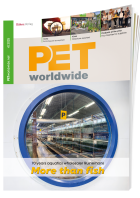





 04/2024
04/2024
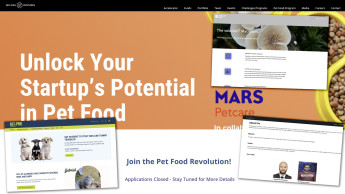
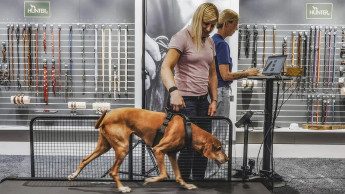

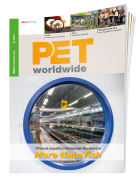


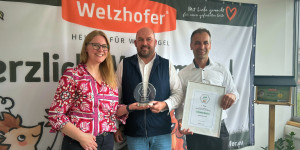


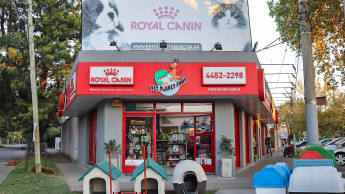



 Newsletter
Newsletter